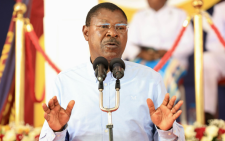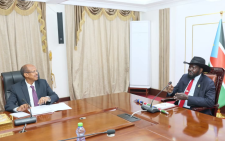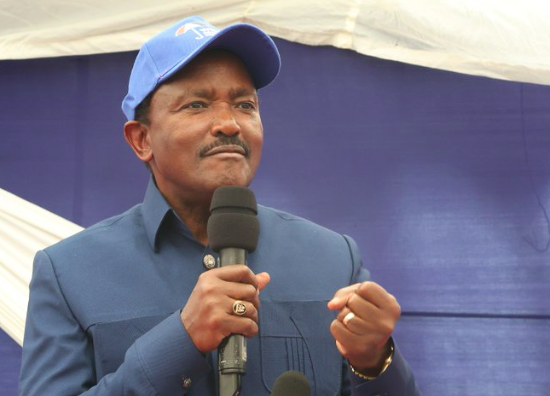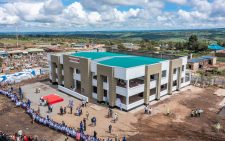Why Unicef wants state to invest in teenager’s health
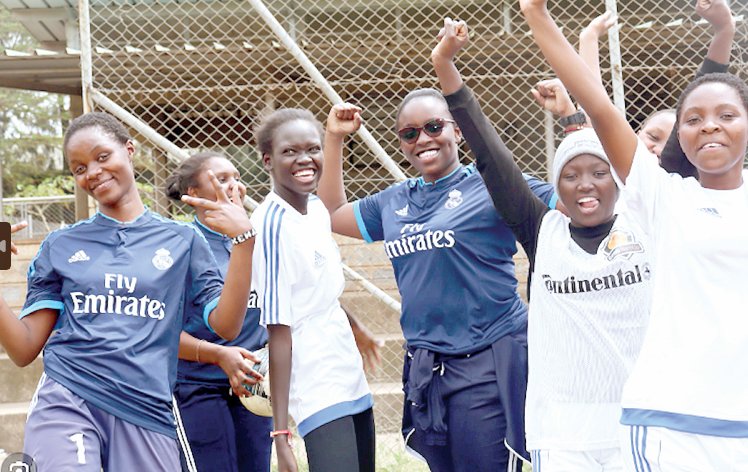
A United Nations child welfare agency has laid out key priority areas that the government should focus on to enhance the wellbeing of the adolescent population in Kenya.
It is estimated that adolescents in the country make up 24 per cent of the population.
They are exposed to various vulnerabilities including early and unintended pregnancies, inadequate dietary intake, Female Genital Mutilation (FGM), child marriage, Sexual and Gender-based Violence (SGBV), and Sexually Transmitted Infections (STIs) including HIV and AIDS among others.
According to United Nations International Children’s Emergency Fund (UNICEF), malnutrition during adolescence has dire consequences for people in later stages of life.
It also delays growth which can significantly increase the risk of complications during adolescent pregnancy and reduces school and work performance, reducing the chance of teenagers becoming independent and productive.
UNICEF said that strategic investment in adolescent health and nutrition now will ultimately result in a triple dividend of benefits for adolescents including enhancement of their present wellbeing and their better health and productivity in the future.
Compromised life
The agency further pointed to education as another sector that the government should focus on warning that failing to provide education to teenagers denies them the opportunities to thrive and contribute productively to society.
“Leaving 2.5 million children without education could lead to increased economic insecurity, inequality and compromised quality of life. There’s a possibility that these young people will face serious challenges integrating back into socio-economic life. Uneducated youth are vulnerable to drug abuse, child labour, early marriage and crime,” Unicef said in its report dubbed 11 Advocacy Priority briefs for 2024/2026.
It adds: “High teenage pregnancy rates (15 per cent of girls aged 15-19 become pregnant and causes them to drop out of school) and child labour (9 per cent of children or about 1.3 million are reportedly engaged in child labour) further compromise educational attainment.”
UN estimates that 947,413 out of school children comprising 452,229 boys and 495,184 girls live in 16 counties which include Baringo, Bungoma, Garissa, Isiolo, Kajiado, Kilifi, Kwale, Mandera, Marsabit, Nairobi City, Narok, Samburu, Tana River, Turkana, Wajir and West Pokot.
The report is calling on the government to empower communities which are at risk of losing their livelihoods because of recurrent disasters emanating from climate change.
When faced with such calamities, Unicef said that families resort to harmful coping mechanisms such as early marriage, withdrawing children from school, and using children for labour which perpetuates a negative cycle of poverty, preventing families from fully recovering.
“The result is that generations of children are unable to realise their full potential. Investing in shock-responsive social protection is essential for vulnerable families in Kenya’s low income arid and semi-arid land (ASAL) counties.
“Poor social protection mechanisms can negatively impact economic growth, particularly in regions already impacted by poverty. Addressing missed opportunities and supporting vulnerable households in building resilience is crucial for unlocking economic growth,” Unicef explained.
The priorities stipulated by the UN agency are also emphasising on consistent adult care giving cautioning that when children grow up in unsafe and neglectful environments, they face increased risks of abuse, exploitation, violence and even trafficking.
Approximately 15,752 Kenyan children are estimated living or working on the streets in major urban centres, over 45,000 children live in about 845 charitable children’s institutions and an estimated 12,000 live in privately-run residential care institutions which many are children with disabilities.
“Investing in a protective family and community environment is a responsible approach that yields long-term benefits. The alternative involves putting children in institutions which has negative consequences on their growth and development. Ensuring access to quality education, healthcare, and social protection support services enables children to reach their full potential,” the agency said.
Dysfunctional systems
According to Unicef, Kenya also faces a significant challenge with the non-functionality of water systems, particularly in the ASAL counties where nearly one-third of water supply systems in these regions are consistently dysfunctional, while the other two-thirds experience frequent disruptions.
The country must, therefore, prioritize the development of climate-resilient water infrastructure such as deep groundwater mapping and drilling, construction of water storage facilities, and adoption of water conservation practices.
The government has been urged to expand the number of children reached through Cash Transfer for Older Persons, Orphans and Vulnerable Children by registering an additional 350,000 households by the close of the 2023/24 financial year.
The move is aimed at reaching indigent children from families without access to essential income support which exposes them to malnutrition, poor sanitation and inadequate education.
Unicef’s report says the period from pregnancy to eight years marks a critical phase, when children swiftly develop essential skills, including language, physical, social, emotional, and academic. Early Childhood Development lays the groundwork for lifelong success and well-being.
As such the government must provide capitation grants for pre-primary children and boost enrolment, guaranteeing high-quality early childhood education for our most vulnerable.
It should also create family-friendly policies, including affordable childcare and paid maternity leave for six months.
Sanitation and hygiene
UN is also pushing for the scaling-up of the Community Led Total Sanitation approach across the 15 high-burden counties to eradicate open defecation.
In a country where 4.7 million people still practice open defecation, over 3,700 children under 5 are estimated to die yearly from diarrhoea, of which 80 per cent are attributed to poor water, sanitation, and hygiene.
“Lack of gender-responsive sanitation and hygiene facilities in schools makes it hard for women and girls to manage their menstrual hygiene needs, forcing girls to miss school during menstruation or to drop out altogether,” the report adds.
Insufficient public financing for the child protection workforce is one of the main barriers to further improving these numbers, leaving limited essential protection services for the community.
To address the welfare of teenagers comprehensively, the Ministry of Labour and Social Protection must increase the number of children’s officers from approximately 500 to at least 1,500 by the end of 2026.
While trending downwards, 15 per cent of girls and women aged 15 to 49 years are reported to have undergone FGM according to the 2022 Kenya Demographic and Health Survey. This compares to 21 per cent in 2014, 27 per cent in 2008-09, 32 per cent in 2003 and 37 per cent in 1998.
Kenya is still grappling with a stillbirth rate of 19 per 1,000, causing approximately 30,400 stillbirths annually — an average of approximately 83 per day. Nearly half of these babies were alive at the onset of delivery but succumbed during the process due to complications.
Turkana, Mandera, Wajir, Tana River and Samburu, exhibit delivery rates with skilled birth attendants below the national average, highlighting disparities in access to high-impact interventions.
To curb infant death rates, Unicef has urged the government to accord the highest priority on the reduction of maternal and newborn mortality, as central to Universal Health Coverage (UHC).
This will involve investing in and empowering the maternal and newborn health workforce with essential skills, resources, and retention policies for impactful care delivery.

